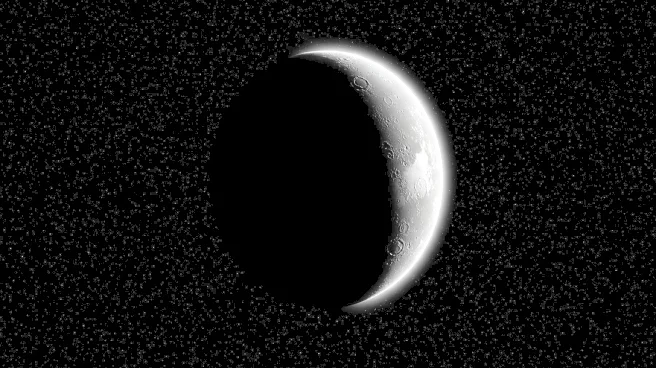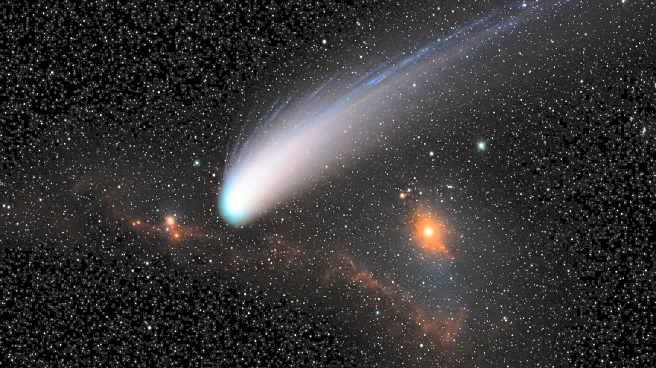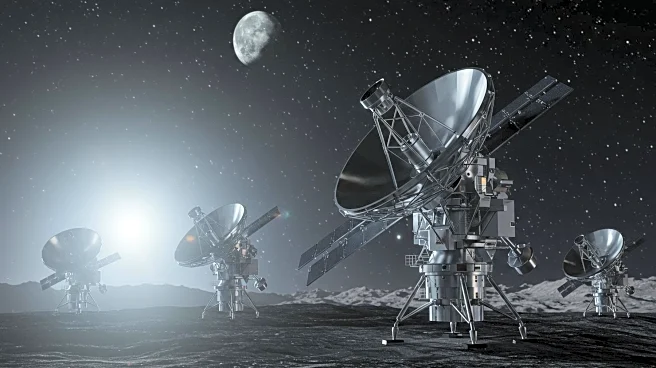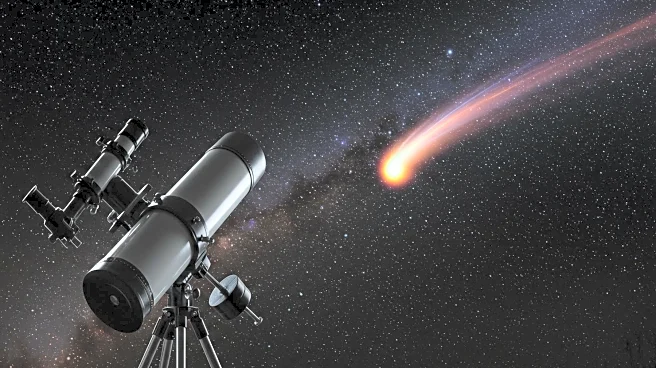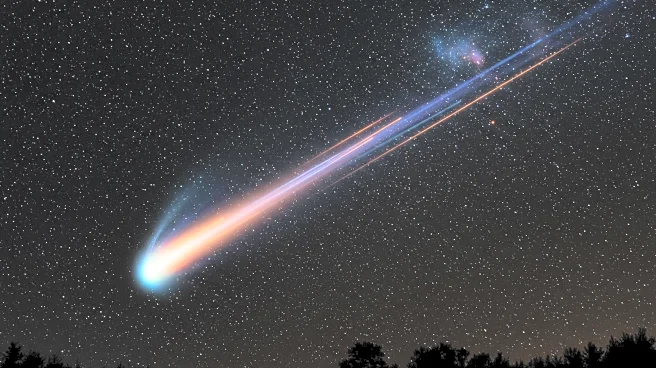What's Happening?
Recent NASA research indicates that the dwarf planet Ceres may have had conditions suitable for life in its ancient past. Utilizing data from the Dawn mission, scientists have discovered that Ceres might have hosted a long-standing energy source capable of supporting microbial life. The presence of water, carbon molecules, and a potential chemical energy source suggests that Ceres could have been habitable billions of years ago. Although there is no evidence of life on Ceres, the findings contribute to the understanding of habitability in the solar system.
Why It's Important?
The discovery of potential habitability on Ceres expands the scope of astrobiological research, highlighting the possibility of life beyond Earth. Understanding the conditions that could support life on Ceres provides insights into the habitability of other celestial bodies, influencing future exploration missions. This research underscores the importance of studying dwarf planets and icy moons, which may have hosted life-supporting environments in their past. The findings could guide future missions aimed at uncovering signs of life in the solar system.
Beyond the Headlines
The implications of Ceres' potential habitability extend to other water-rich objects in the outer solar system. Similar-sized icy moons and dwarf planets may have experienced periods of habitability, driven by internal processes. This research prompts a reevaluation of the criteria for habitability, considering the role of chemical energy sources and subsurface oceans. The study also highlights the importance of interdisciplinary approaches, combining geology, chemistry, and astrobiology to explore extraterrestrial environments.
